by Ethan May 21,2025
Nintendo stands as a beacon in the annals of video game history, renowned for its innovative spirit and creative excellence in the home console market. With a storied legacy spanning decades, the company boasts an extensive catalog of cherished intellectual properties that continue to captivate audiences. As Nintendo gears up for the future with the announcement of the Switch 2, it's an opportune moment to reflect on its rich history of console innovation.
Below, we've meticulously compiled a list of every Nintendo console released to date. Embark on a journey through time and witness how Nintendo has continuously pushed the boundaries of gaming!
AnswerSee Results*Looking to save on a new Nintendo Switch or new titles for your system? Be sure to check out the best Nintendo deals available today.*In total, 32 Nintendo consoles have graced the gaming world. With the forthcoming Switch 2, that number will rise to 33. This count encompasses various revisions of both home and handheld consoles, including models branded as XL and Mini.
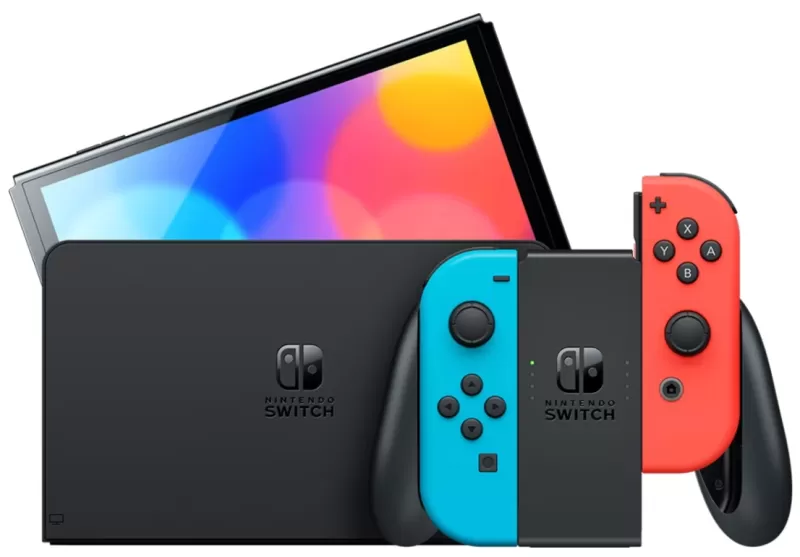 Latest Model### Nintendo Switch OLED (Neon Blue & Red)
Latest Model### Nintendo Switch OLED (Neon Blue & Red)
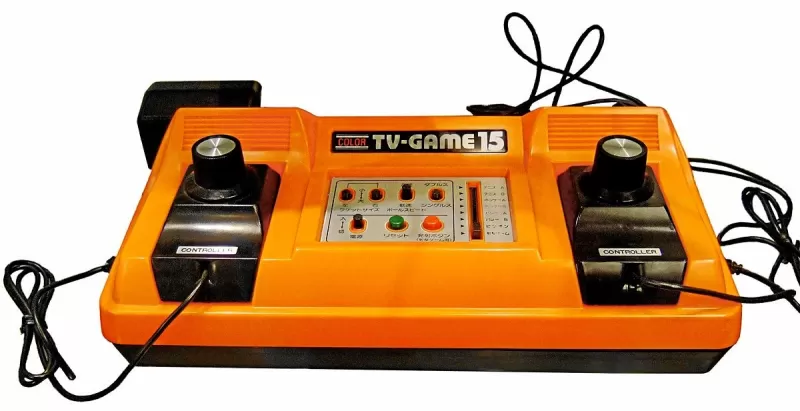 Nintendo's initial foray into gaming hardware came with the Color TV-Game series, a pioneering effort in collaboration with Mitsubishi Electronics. These systems were a smashing hit and paved the way for Nintendo's focus on developing gaming hardware, an endeavor that continues to shape the industry today.
Nintendo's initial foray into gaming hardware came with the Color TV-Game series, a pioneering effort in collaboration with Mitsubishi Electronics. These systems were a smashing hit and paved the way for Nintendo's focus on developing gaming hardware, an endeavor that continues to shape the industry today.
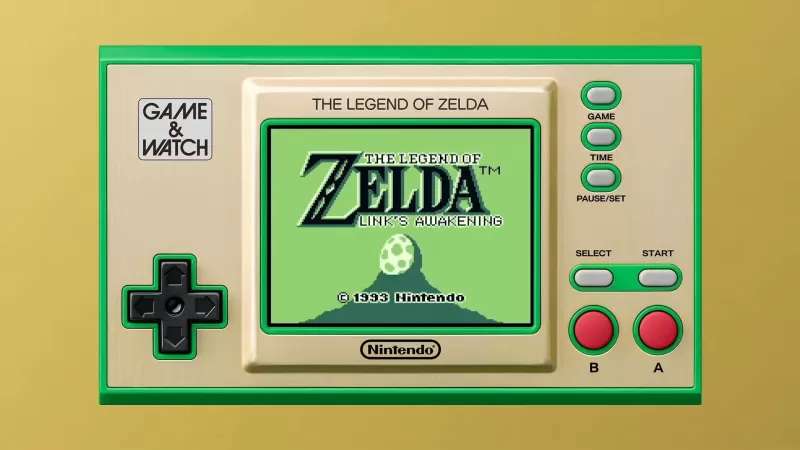 With the Game & Watch series, Nintendo ventured into the handheld market, selling over 40 million units globally. These devices introduced gaming innovations like the D-Pad, seen in the Donkey Kong model, and have seen a resurgence with limited edition releases celebrating Mario and Zelda anniversaries.
With the Game & Watch series, Nintendo ventured into the handheld market, selling over 40 million units globally. These devices introduced gaming innovations like the D-Pad, seen in the Donkey Kong model, and have seen a resurgence with limited edition releases celebrating Mario and Zelda anniversaries.
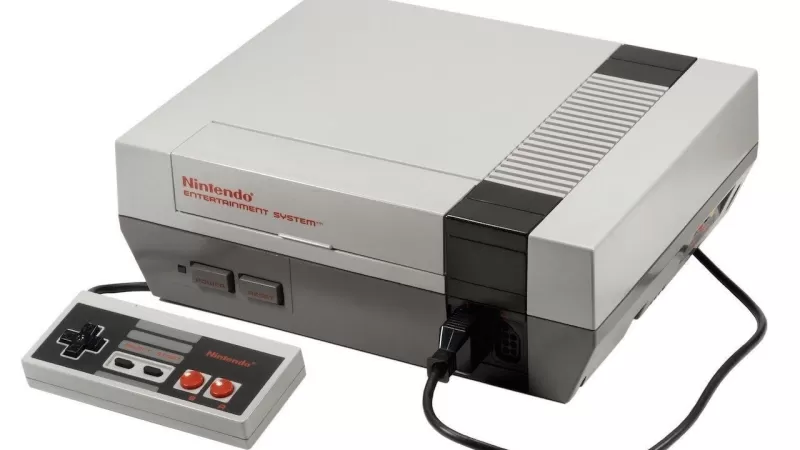 Known as the Famicom in Japan, the Nintendo Entertainment System (NES) marked Nintendo's first home console in North America. It utilized cartridges to expand its game library, launching iconic franchises like Super Mario, The Legend of Zelda, and Metroid, solidifying its status as a pivotal console in video game history.
Known as the Famicom in Japan, the Nintendo Entertainment System (NES) marked Nintendo's first home console in North America. It utilized cartridges to expand its game library, launching iconic franchises like Super Mario, The Legend of Zelda, and Metroid, solidifying its status as a pivotal console in video game history.
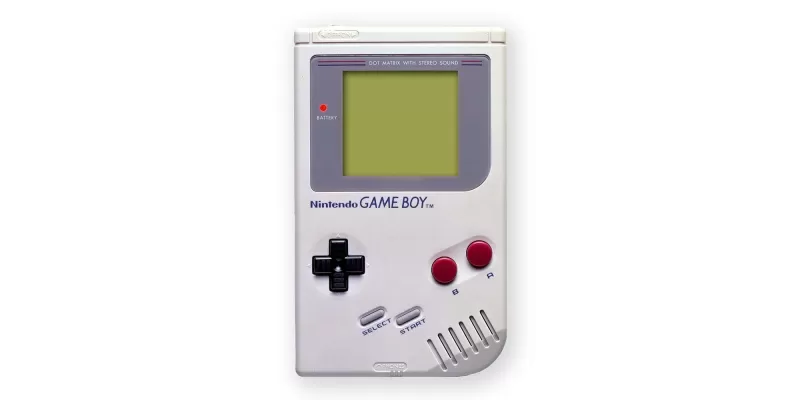 Launching in North America in 1989, the Game Boy revolutionized portable gaming with its cartridge system. Its most famous title, Tetris, came bundled with the system in most regions, except Japan, cementing its place in gaming culture.
Launching in North America in 1989, the Game Boy revolutionized portable gaming with its cartridge system. Its most famous title, Tetris, came bundled with the system in most regions, except Japan, cementing its place in gaming culture.
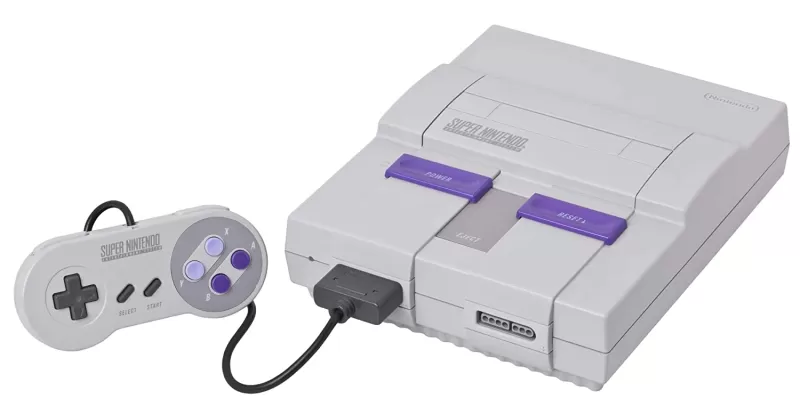 With the Super Nintendo Entertainment System (SNES), Nintendo introduced 16-bit graphics to its consoles. Despite entering the market later in the console generation, the SNES became the best-selling console of its time, thanks to groundbreaking titles like Super Mario World and Donkey Kong Country.
With the Super Nintendo Entertainment System (SNES), Nintendo introduced 16-bit graphics to its consoles. Despite entering the market later in the console generation, the SNES became the best-selling console of its time, thanks to groundbreaking titles like Super Mario World and Donkey Kong Country.
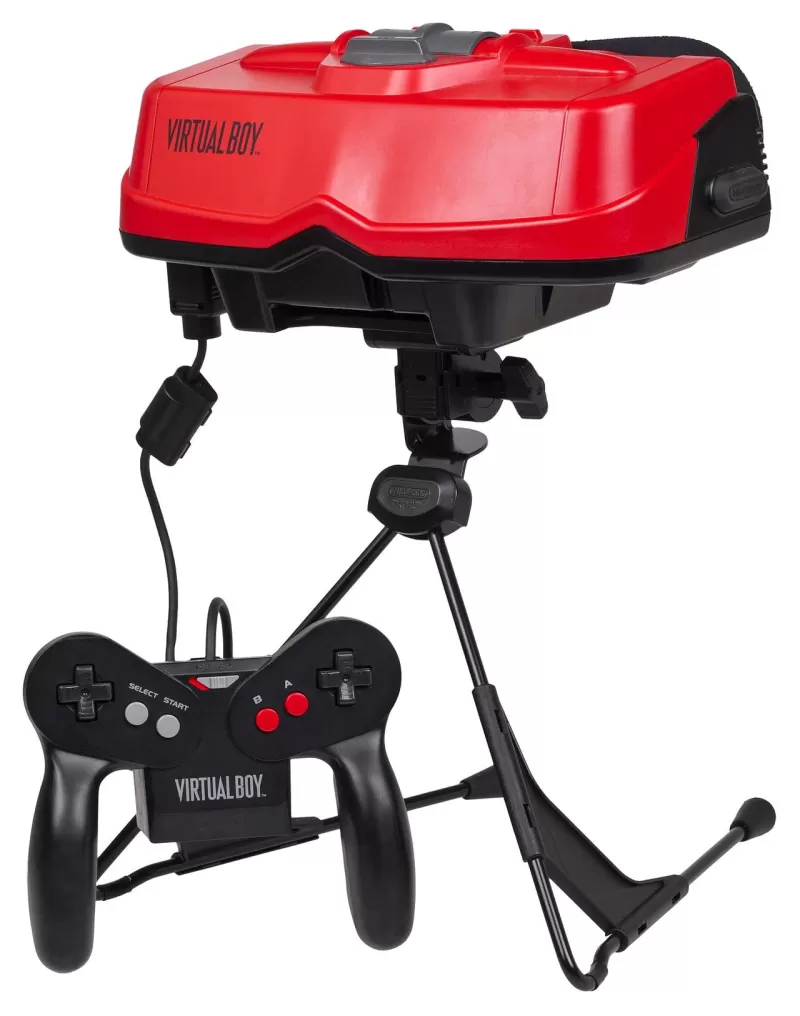 Perhaps Nintendo's most unconventional console, the Virtual Boy offered 3D visuals without glasses. However, with only 22 games released and a short market lifespan, it remains a curious footnote in Nintendo's history.
Perhaps Nintendo's most unconventional console, the Virtual Boy offered 3D visuals without glasses. However, with only 22 games released and a short market lifespan, it remains a curious footnote in Nintendo's history.
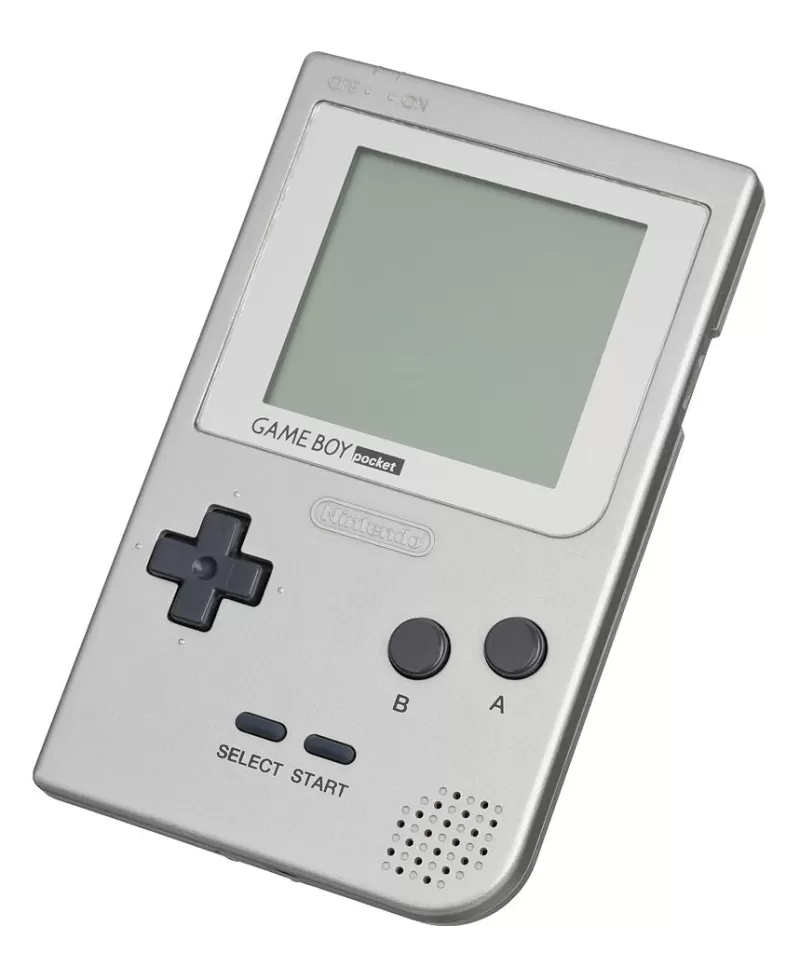 Smaller and featuring a clearer black-and-white screen, the Game Boy Pocket improved on its predecessor's display responsiveness. Despite its shorter battery life, it was a significant refinement of the original Game Boy.
Smaller and featuring a clearer black-and-white screen, the Game Boy Pocket improved on its predecessor's display responsiveness. Despite its shorter battery life, it was a significant refinement of the original Game Boy.
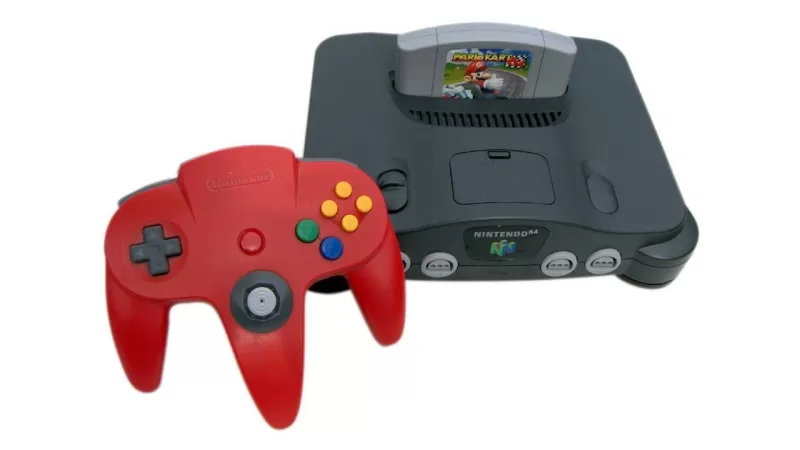 Introducing 3D graphics to Nintendo's home consoles, the Nintendo 64 changed the gaming landscape with classics like Super Mario 64 and The Legend of Zelda: Ocarina of Time. Its innovative controller, with the first analog stick, became iconic, and its special editions remain collector's items.
Introducing 3D graphics to Nintendo's home consoles, the Nintendo 64 changed the gaming landscape with classics like Super Mario 64 and The Legend of Zelda: Ocarina of Time. Its innovative controller, with the first analog stick, became iconic, and its special editions remain collector's items.
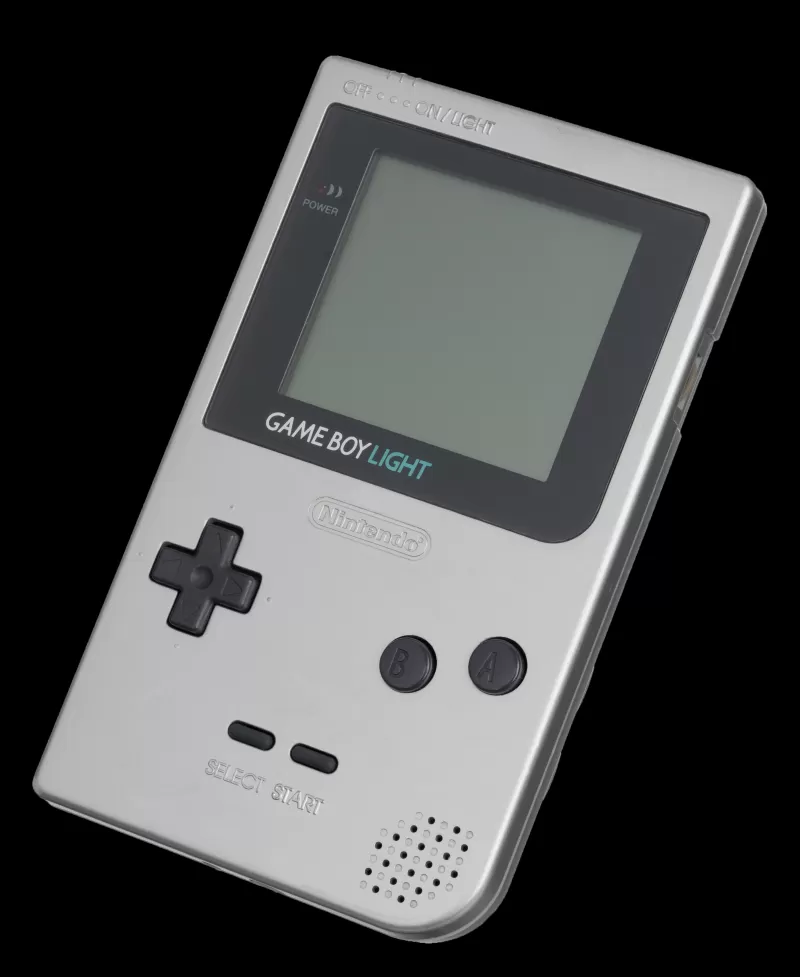 Exclusive to Japan, the Game Boy Light added a backlight for better visibility in low-light conditions. Its larger size compared to the Game Boy Pocket was offset by its longer battery life, offering up to 20 hours of playtime.
Exclusive to Japan, the Game Boy Light added a backlight for better visibility in low-light conditions. Its larger size compared to the Game Boy Pocket was offset by its longer battery life, offering up to 20 hours of playtime.
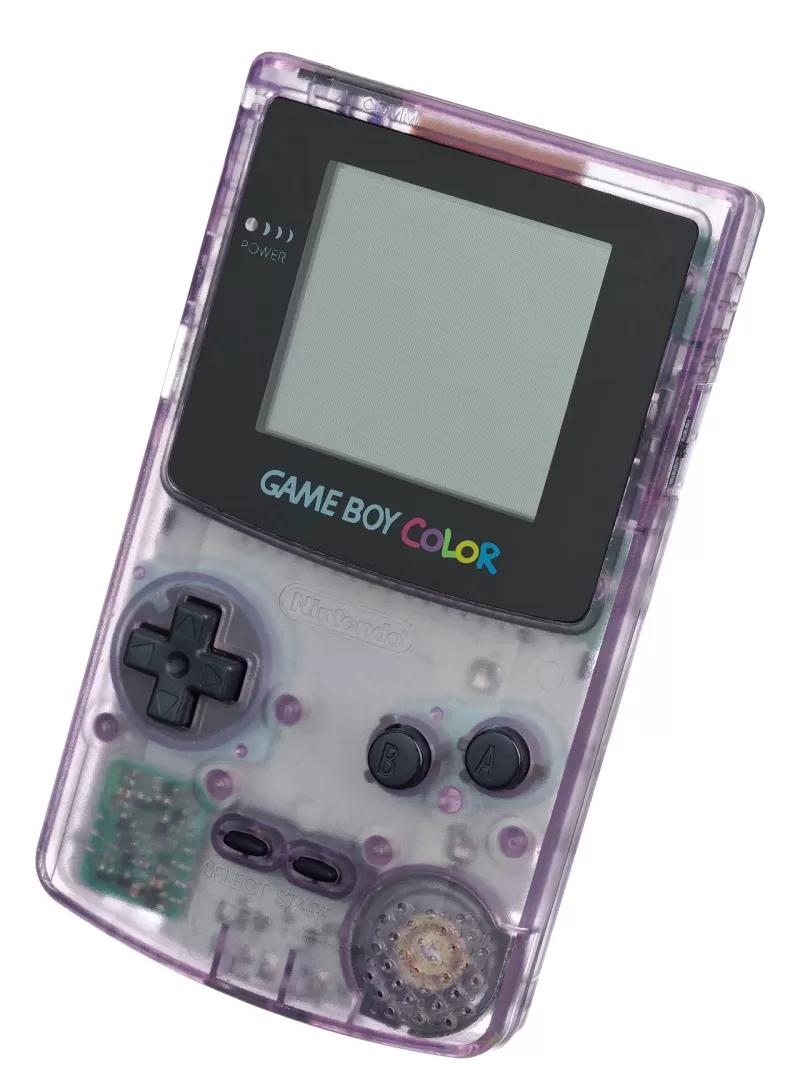 Introducing color to the handheld market, the Game Boy Color was backward compatible with all Game Boy games. Its new hardware facilitated the release of hundreds of exclusive titles, revitalizing existing games with vibrant color palettes.
Introducing color to the handheld market, the Game Boy Color was backward compatible with all Game Boy games. Its new hardware facilitated the release of hundreds of exclusive titles, revitalizing existing games with vibrant color palettes.
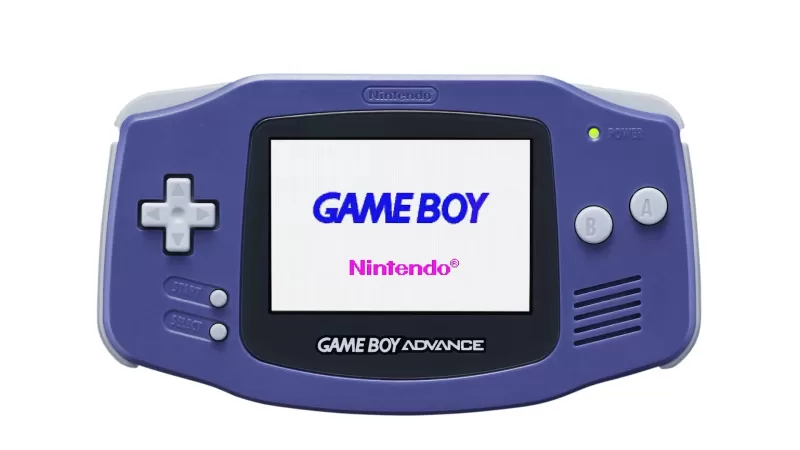 With the Game Boy Advance, Nintendo made a significant leap forward, switching to a horizontal design and supporting 16-bit graphics. Its backward compatibility with Game Boy and Game Boy Color games expanded its library into the thousands.
With the Game Boy Advance, Nintendo made a significant leap forward, switching to a horizontal design and supporting 16-bit graphics. Its backward compatibility with Game Boy and Game Boy Color games expanded its library into the thousands.
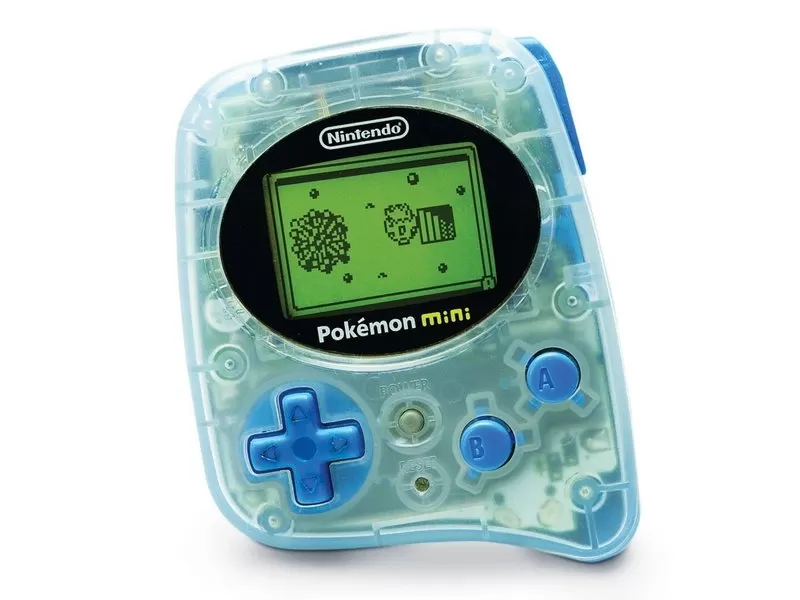 Image Credit: GamesRadarThe Pokémon mini was a tiny handheld focused exclusively on Pokémon games. With only 10 titles released, it featured unique features like a built-in clock, infrared communication, and rumble capabilities.
Image Credit: GamesRadarThe Pokémon mini was a tiny handheld focused exclusively on Pokémon games. With only 10 titles released, it featured unique features like a built-in clock, infrared communication, and rumble capabilities.
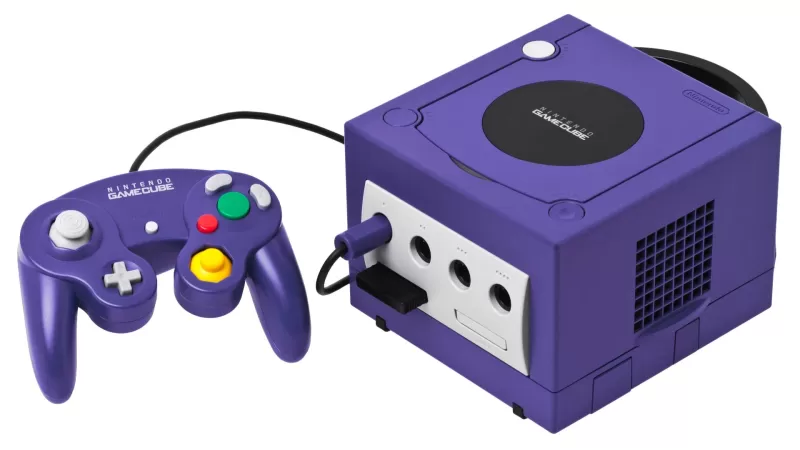 Building on the success of the Nintendo 64, the GameCube offered sequels to beloved titles and introduced new franchises like Animal Crossing. It transitioned to using discs and introduced a more ergonomic controller with rumble features.
Building on the success of the Nintendo 64, the GameCube offered sequels to beloved titles and introduced new franchises like Animal Crossing. It transitioned to using discs and introduced a more ergonomic controller with rumble features.
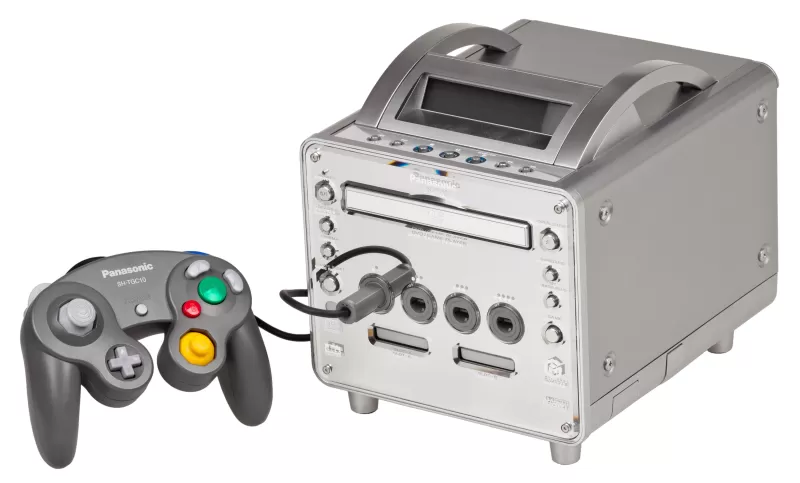 A unique collaboration with Panasonic, the Panasonic Q combined a GameCube with a DVD player in a sleek stainless steel design. Its high cost and limited market appeal led to its discontinuation after two years.
A unique collaboration with Panasonic, the Panasonic Q combined a GameCube with a DVD player in a sleek stainless steel design. Its high cost and limited market appeal led to its discontinuation after two years.
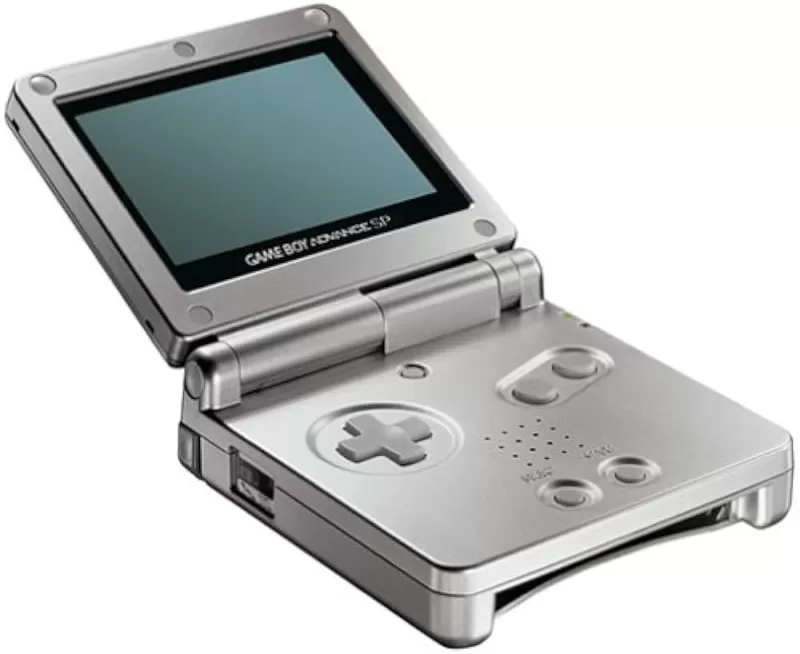 With a clamshell design and rechargeable battery, the Game Boy Advance SP improved upon its predecessor. Later models included a backlight, enhancing visibility, although it lacked a headphone jack, requiring an adapter for audio.
With a clamshell design and rechargeable battery, the Game Boy Advance SP improved upon its predecessor. Later models included a backlight, enhancing visibility, although it lacked a headphone jack, requiring an adapter for audio.
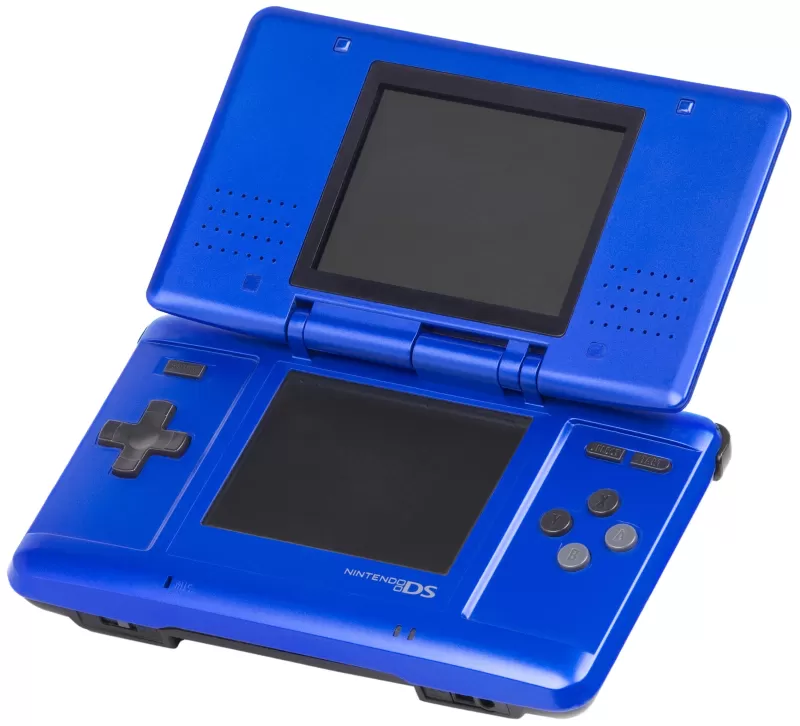 Launching Nintendo's best-selling console line, the Nintendo DS introduced Wi-Fi support and a dual-screen setup with a touchscreen. Its innovative design enabled unique gaming experiences, setting new standards in handheld gaming.
Launching Nintendo's best-selling console line, the Nintendo DS introduced Wi-Fi support and a dual-screen setup with a touchscreen. Its innovative design enabled unique gaming experiences, setting new standards in handheld gaming.
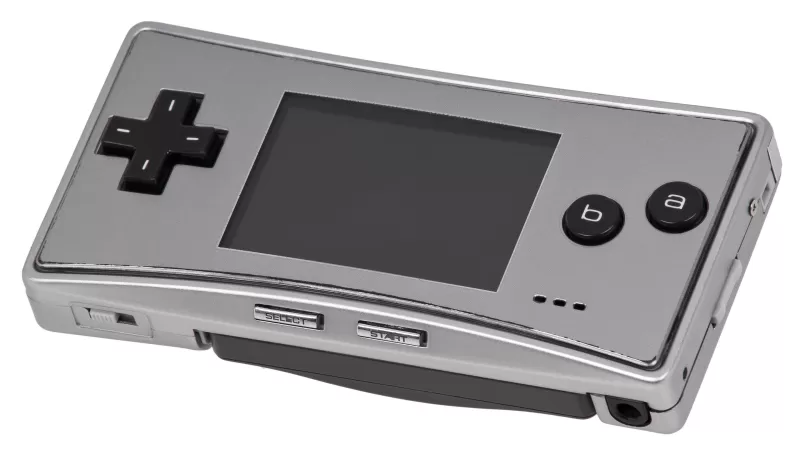 Revealed at E3 2005, the Game Boy Micro impressed with its compact size and backlit screen with adjustable brightness. Despite its short production run, it remained backward compatible with previous Game Boy titles.
Revealed at E3 2005, the Game Boy Micro impressed with its compact size and backlit screen with adjustable brightness. Despite its short production run, it remained backward compatible with previous Game Boy titles.
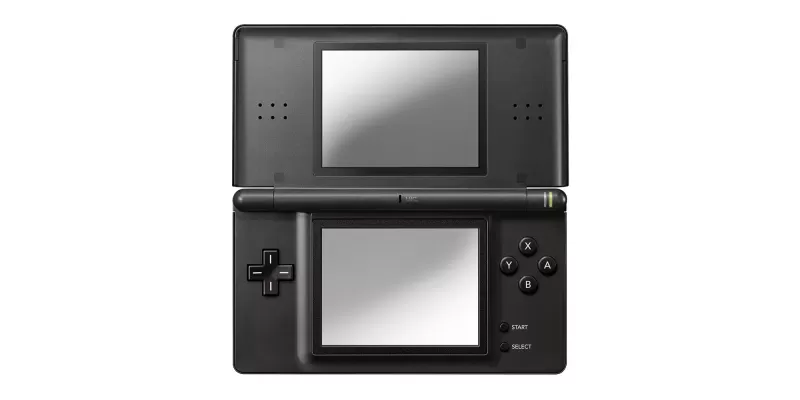 Smaller and lighter than the original, the Nintendo DS Lite offered brighter screens and extended battery life. Its design refinements made it a popular choice among gamers seeking a more portable experience.
Smaller and lighter than the original, the Nintendo DS Lite offered brighter screens and extended battery life. Its design refinements made it a popular choice among gamers seeking a more portable experience.
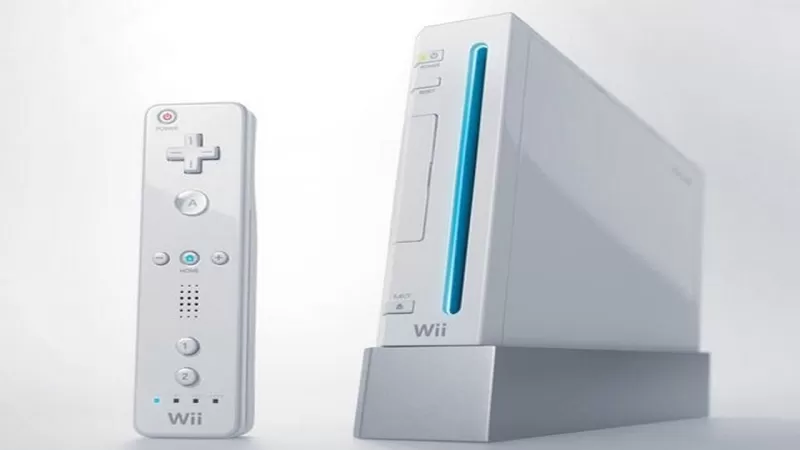 Revitalizing Nintendo's home console market, the Wii focused on motion controls with its unique Wii Remote. Its backward compatibility with GameCube titles and the introduction of Virtual Console broadened its appeal, offering a vast library of games.
Revitalizing Nintendo's home console market, the Wii focused on motion controls with its unique Wii Remote. Its backward compatibility with GameCube titles and the introduction of Virtual Console broadened its appeal, offering a vast library of games.
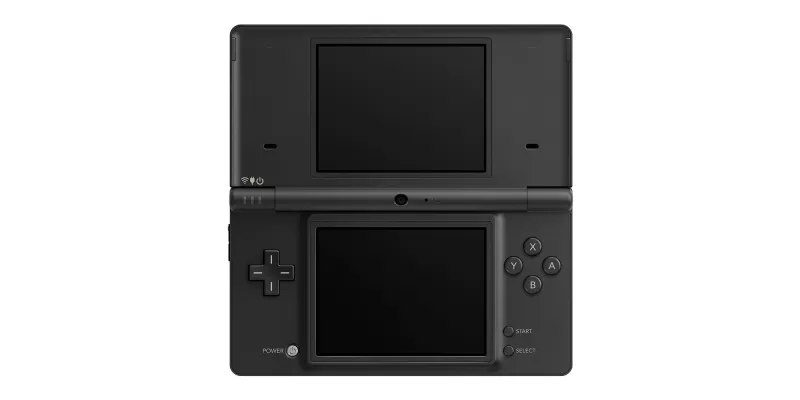 Adding cameras and an SD card slot, the Nintendo DSi enhanced the DS experience. However, it removed the Game Boy Advance slot, marking a shift in Nintendo's handheld strategy.
Adding cameras and an SD card slot, the Nintendo DSi enhanced the DS experience. However, it removed the Game Boy Advance slot, marking a shift in Nintendo's handheld strategy.
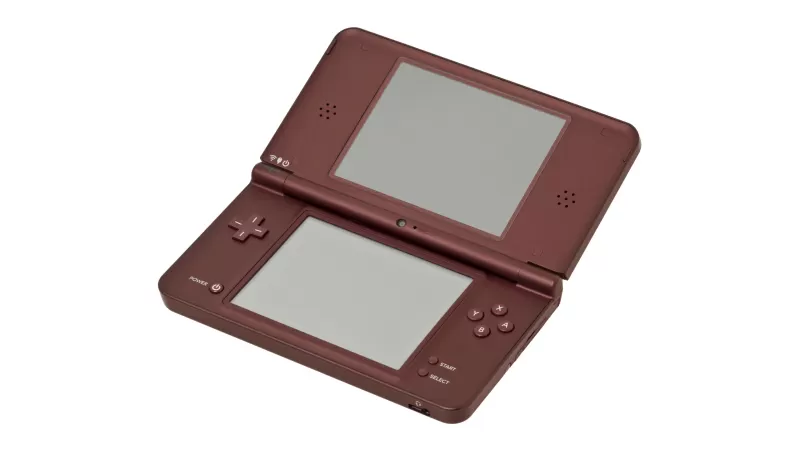 With larger, wider-view screens and improved sound, the Nintendo DSi XL offered an enhanced visual and auditory experience. Its bigger battery also extended playtime, making it a favorite for gamers on the go.
With larger, wider-view screens and improved sound, the Nintendo DSi XL offered an enhanced visual and auditory experience. Its bigger battery also extended playtime, making it a favorite for gamers on the go.
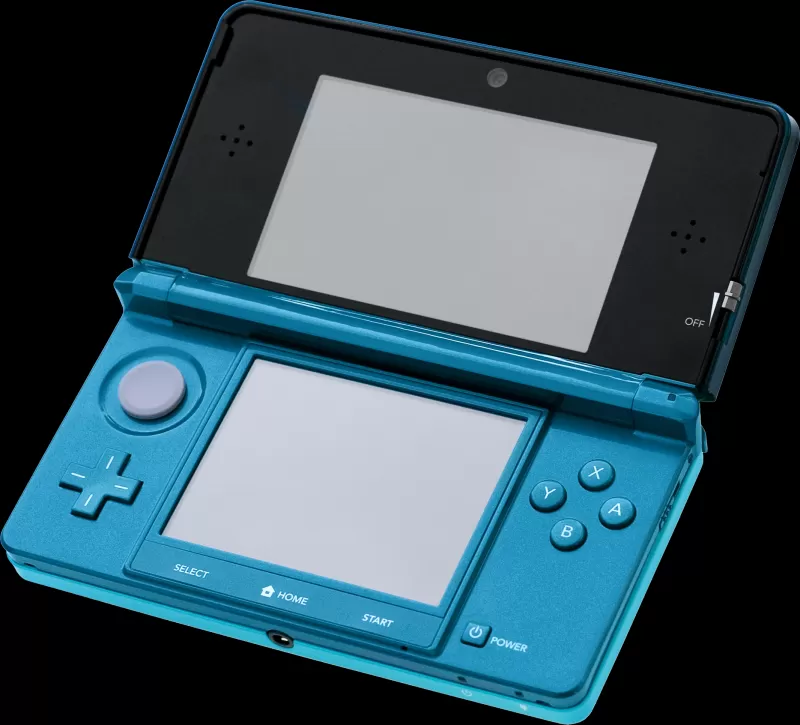 Introducing 3D without glasses, the Nintendo 3DS built on the success of the DS line. It featured a robust library of games, including titles like The Legend of Zelda: A Link Between Worlds and Super Mario 3D Land.
Introducing 3D without glasses, the Nintendo 3DS built on the success of the DS line. It featured a robust library of games, including titles like The Legend of Zelda: A Link Between Worlds and Super Mario 3D Land.
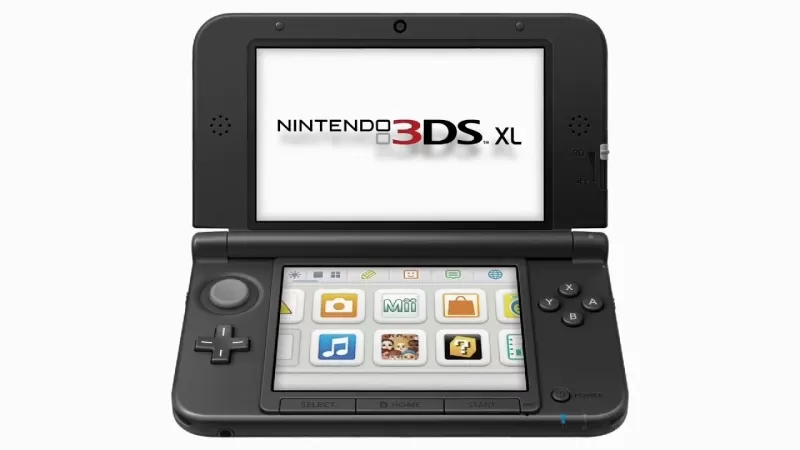 With screens 90% larger than the original 3DS, the 3DS XL enhanced the gaming experience, particularly for games utilizing the bottom screen. It retained all the features of its predecessor, offering a more immersive play.
With screens 90% larger than the original 3DS, the 3DS XL enhanced the gaming experience, particularly for games utilizing the bottom screen. It retained all the features of its predecessor, offering a more immersive play.
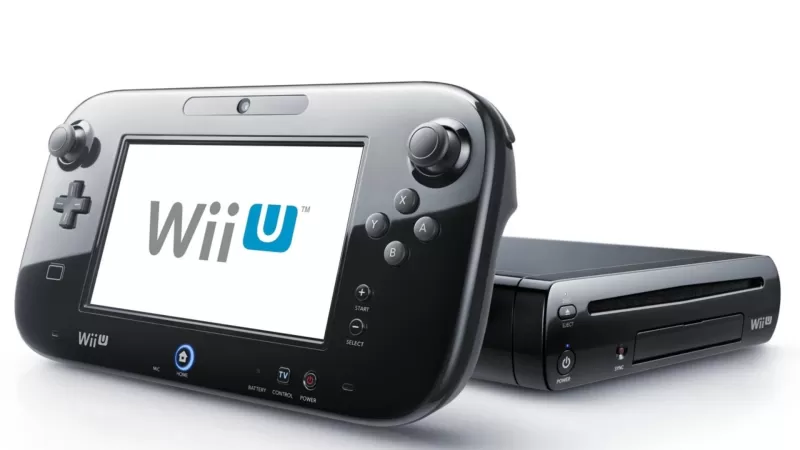 As the successor to the Wii, the Wii U introduced the GamePad controller with a built-in screen. Despite supporting HD and offering great titles like Super Mario 3D World and Splatoon, poor marketing and confusion led to its commercial struggles.
As the successor to the Wii, the Wii U introduced the GamePad controller with a built-in screen. Despite supporting HD and offering great titles like Super Mario 3D World and Splatoon, poor marketing and confusion led to its commercial struggles.
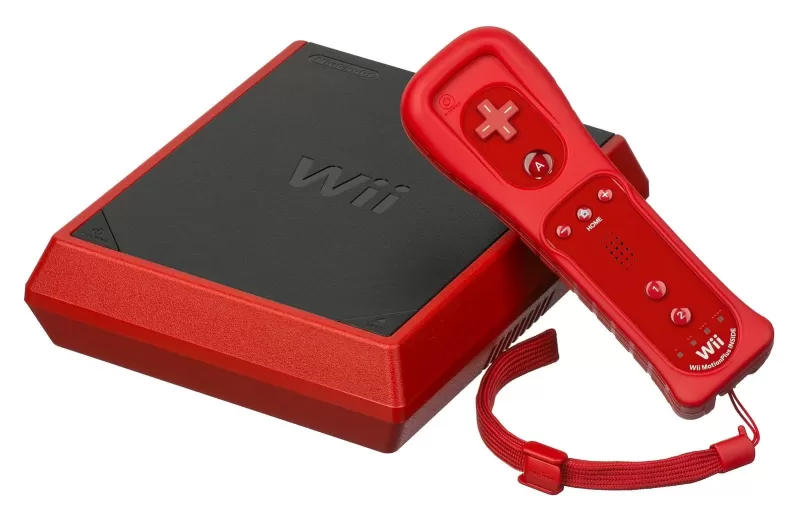 Released at the end of the Wii's life cycle, the Wii Mini was a smaller, stripped-down version without GameCube support, Wi-Fi, or HD capabilities. It catered to budget-conscious consumers looking for a compact console.
Released at the end of the Wii's life cycle, the Wii Mini was a smaller, stripped-down version without GameCube support, Wi-Fi, or HD capabilities. It catered to budget-conscious consumers looking for a compact console.
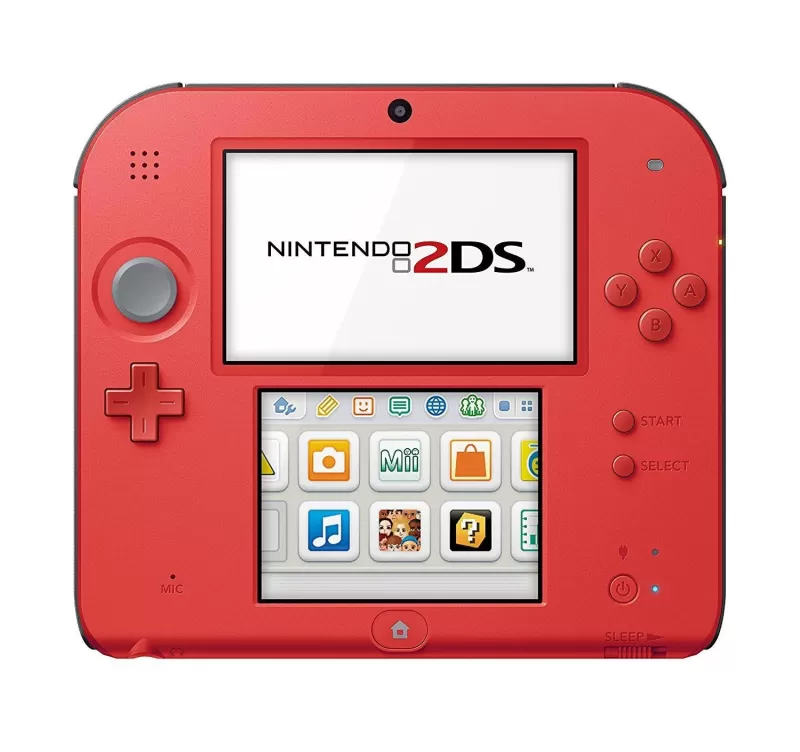 Offering 2D gameplay in a flat design, the Nintendo 2DS played all 3DS games without the 3D feature. Its lower price point made it an accessible entry point into Nintendo's handheld gaming ecosystem.
Offering 2D gameplay in a flat design, the Nintendo 2DS played all 3DS games without the 3D feature. Its lower price point made it an accessible entry point into Nintendo's handheld gaming ecosystem.
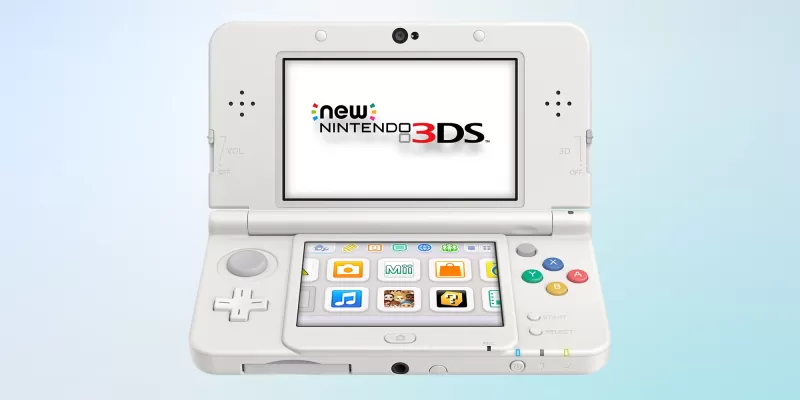 With added controls, NFC support for amiibo, and enhanced performance, the New Nintendo 3DS improved upon the original model. Its staggered release across regions highlighted its global appeal.
With added controls, NFC support for amiibo, and enhanced performance, the New Nintendo 3DS improved upon the original model. Its staggered release across regions highlighted its global appeal.
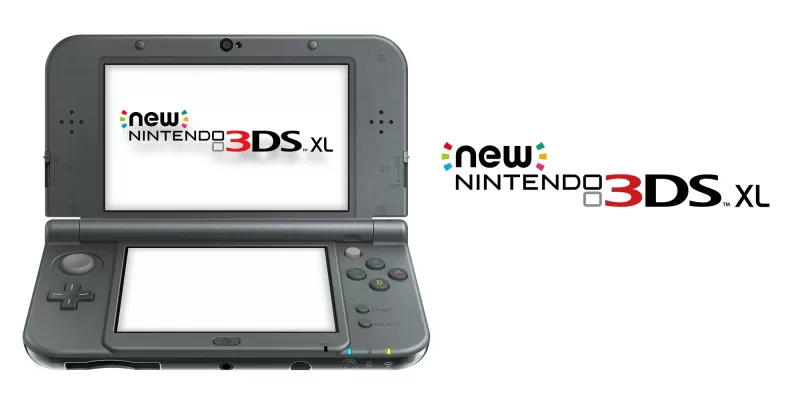 Larger than the New 3DS, the New 3DS XL offered bigger screens and enhanced gaming immersion. Though it lacked customizable face plates, its special editions provided variety for collectors.
Larger than the New 3DS, the New 3DS XL offered bigger screens and enhanced gaming immersion. Though it lacked customizable face plates, its special editions provided variety for collectors.
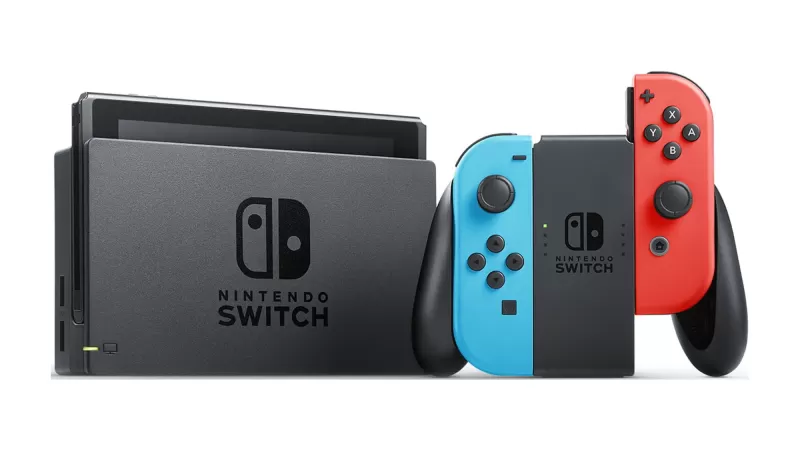 Realizing the vision of the Wii U, the Nintendo Switch combined home and portable gaming into one versatile console. With a stellar first-party library, including some of the greatest games ever, it revitalized Nintendo's position in the industry.
Realizing the vision of the Wii U, the Nintendo Switch combined home and portable gaming into one versatile console. With a stellar first-party library, including some of the greatest games ever, it revitalized Nintendo's position in the industry.
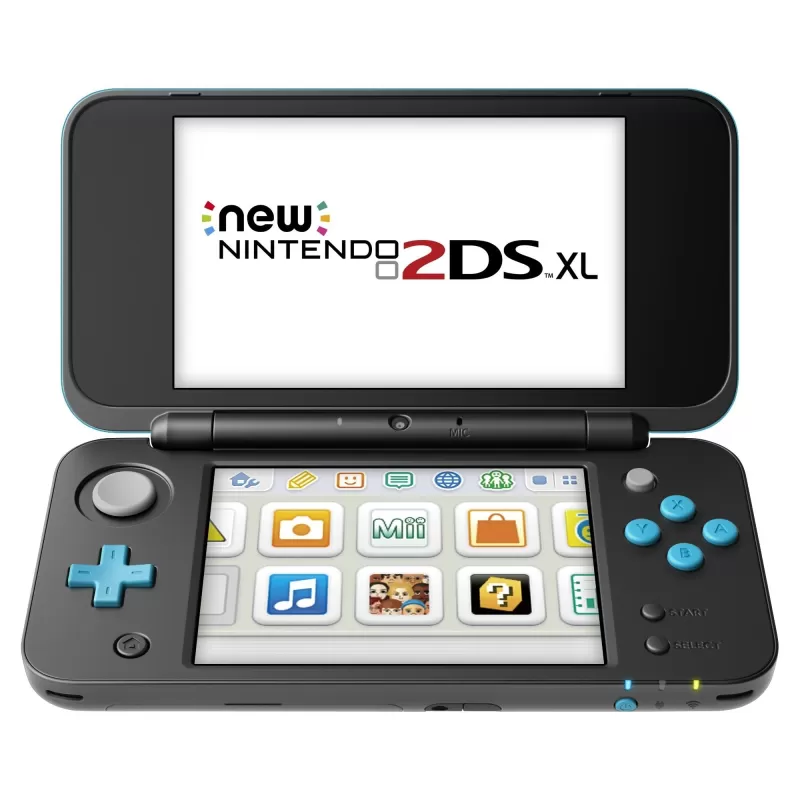 Updating the 2DS, the New 2DS XL added an analog stick, shoulder buttons, and amiibo support. Its return to the clamshell design and compatibility with New 3DS titles broadened its gaming capabilities.
Updating the 2DS, the New 2DS XL added an analog stick, shoulder buttons, and amiibo support. Its return to the clamshell design and compatibility with New 3DS titles broadened its gaming capabilities.
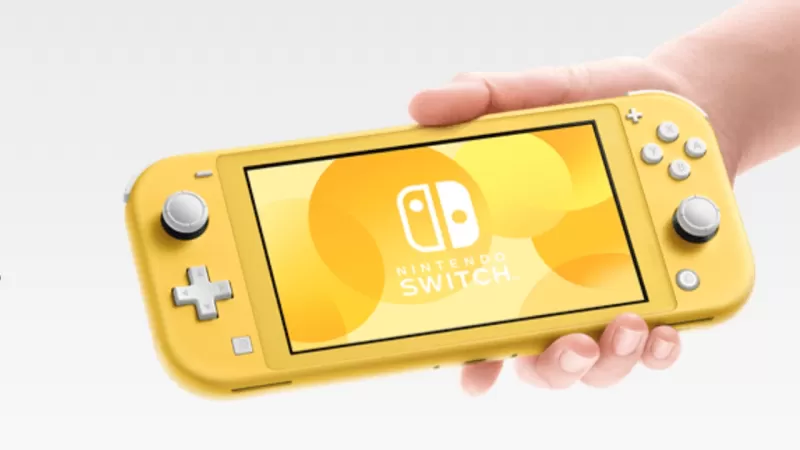 Designed exclusively for handheld play, the Nintendo Switch Lite offered a smaller, more affordable alternative to the original Switch. Its built-in controllers and 5.5-inch LCD screen catered to gamers on the move.
Designed exclusively for handheld play, the Nintendo Switch Lite offered a smaller, more affordable alternative to the original Switch. Its built-in controllers and 5.5-inch LCD screen catered to gamers on the move.
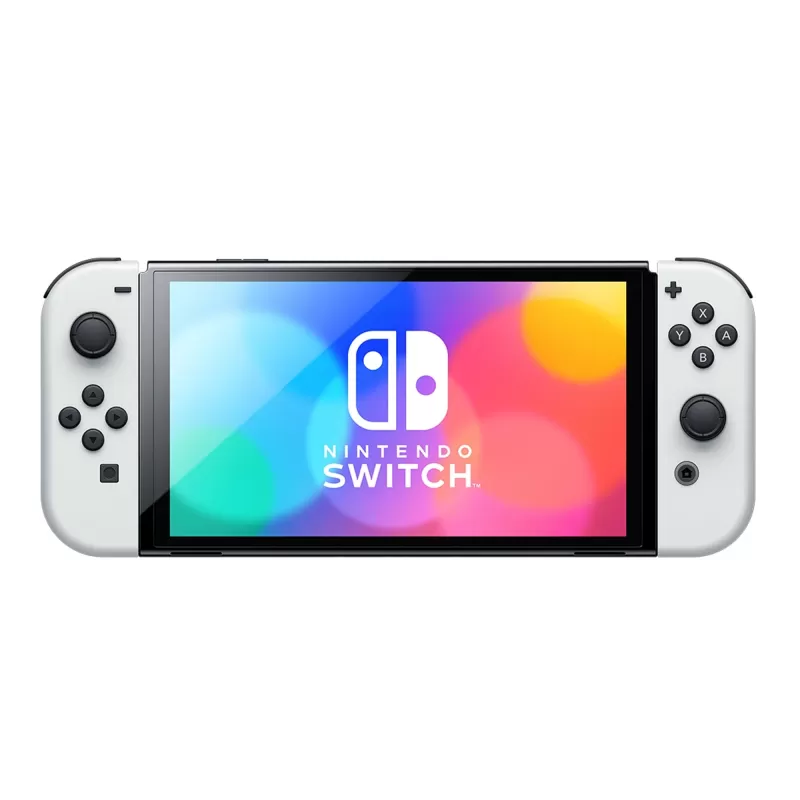 Featuring a larger 7-inch OLED screen, enhanced speakers, and a revamped kickstand, the Nintendo Switch OLED model provided a premium gaming experience. Its new dock with a LAN port and rounded corners added to its appeal.
Featuring a larger 7-inch OLED screen, enhanced speakers, and a revamped kickstand, the Nintendo Switch OLED model provided a premium gaming experience. Its new dock with a LAN port and rounded corners added to its appeal.
Analysts predict a $400 price point for the Switch 2. We've gathered all the details from the trailer, but further information, including a release date, is expected at a Nintendo Direct scheduled for April 2.
AnswerSee ResultsMobile Legends: January 2025 Redeem Codes Released
Pokemon TCG Pocket: Paralyzed, Explained (& All Cards with ‘Paralyze’ Ability)
Android Action-Defense
Brutal Hack And Slash Platformer Blasphemous Is Coming To Mobile, Pre-Registration Now Live
Pokémon TCG Pocket Is Dropping a Trade Feature and Space-Time Smackdown Expansion Soon
Mythical Island Debuts in Pokemon TCG, Time Revealed
GWENT: Top 5 Decks for 2025 - Strategies Revealed
Marvel Rivals Showcases New Midtown Map

When I was reincarnated
Download
Fairy Evolution: Magic Idle
Download
Pocket Journey (Unreleased) by Maryanne Adams
Download
Labo Christmas Train Game:Kids
Download
Lucky Lady's Charm Deluxe Slot
Download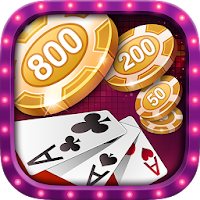
Vô Cực Đại Chiến
Download
Lunch with Ronan mod
Download
Diamond Deluxe Casino - Free Slot Machines
Download
Shopping Mall 3D Mod
Download
Blue Archive launches Radiant Moon event with new characters
Dec 26,2025

Eterspire's 2023 Update Adds Snowy Vestada and Controllers
Dec 26,2025

Infinity Nikki: Top Fashion Duel Strategies
Dec 25,2025
EA Retires Origin Platform, Affects Users
Dec 25,2025

Pikmin Bloom Earth Day Walk Party Begins
Dec 24,2025